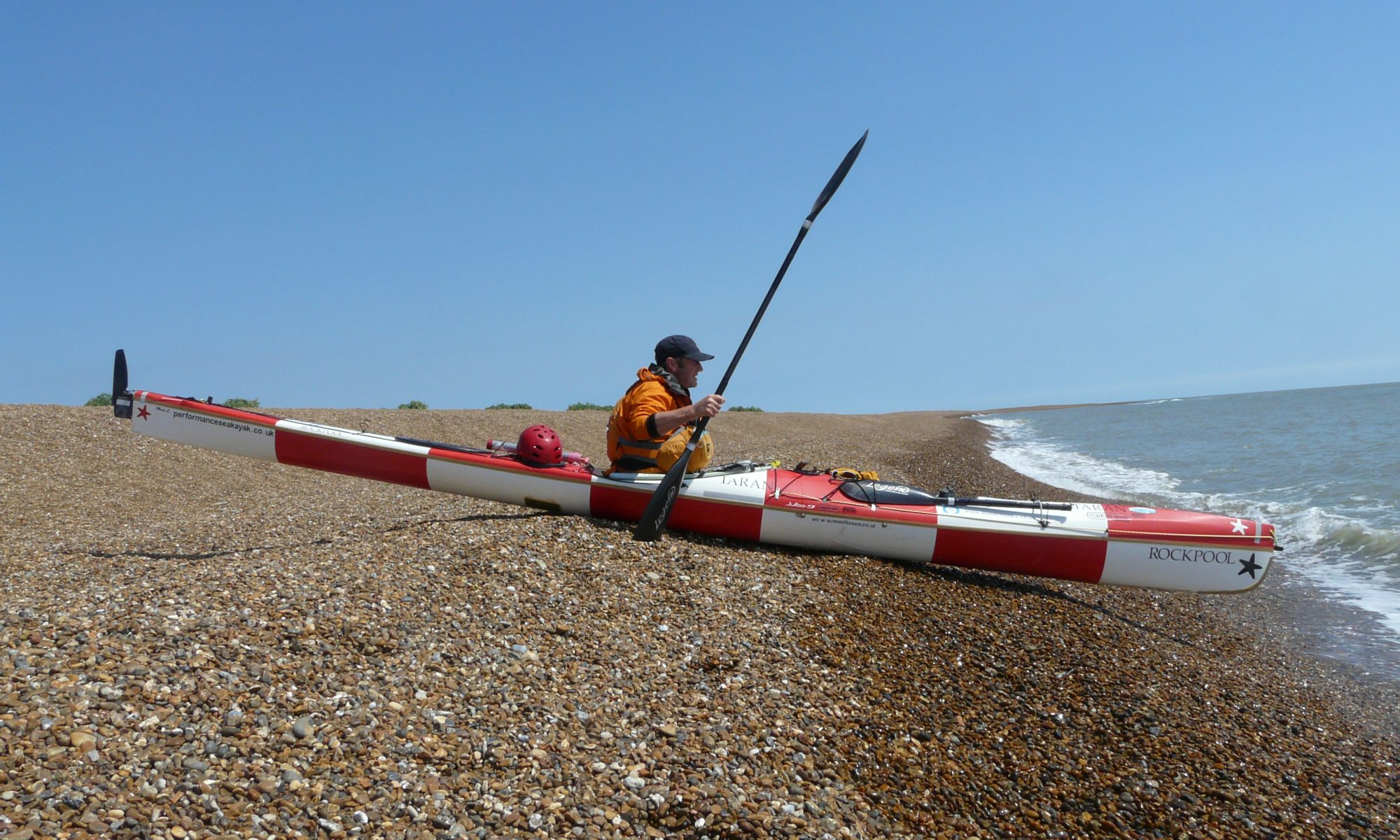Every now and then the subject of fitting a keel strip to a Rockpool Taran arises. I think there are a few ups and downs to this; here are a few thoughts on the matter.
First of all, what is a keel strip?
A keel strip is a sacrificial protective strip fitted to the centreline keel of a sea kayak in order to minimise wear and tear damage along the high-wear areas of the hull. The strip is usually a fairly narrow (~2″ wide) tape that runs along the centreline length of the hull, protecting the pronounced ‘V’ of the hull.
The Upsides
As mentioned it provides an extra layer of (sacrifical) protection to the hull on high wear areas – such as the bow, stern and under the seat. The keel strip takes the damage rather than the underlying hull.
An additional, though only slight benefit is that the hull is lifted slightly away from a ‘rubbing area’. It’s may be only couple of millimetres but it’s enough to lessen gentle wear and tear wear and tear scuffs and scratches, for example when you land onto a gentle sandy beach.
A keel-strip may also stiffen a flexible hull, though once again this is only a slight effect.
Fitting a keel-strip can be a wise choice for a kayak that lives in a high wear environment – such as a working boat for coaching or one that belongs to a club or centre. Kayaks built for long distance solo expeditions, or even just ones that are used regularly in difficult launching and landing areas may benefit too.
Downsides
-
- Weight
- Drag
- Handling
- Aesthetics
- Cost
To look at those downsides in detail, let’s apply them to the Taran:
Weight – A keel-strip adds weight – for a composite one you can probably expect a weight penalty of around 3/4 – 1 kg when fitted to a Taran. Perhaps not too significant for a 25+ kg sea kayak, however if you opt for a lightweight Premier construction boat then you are undoing some of that weight-advantage by adding a keel-strip.
Drag – at a guess the cross-sectional area of a composite keel strip is going to be roughly around 55-60 mm x 3-4 mm. That’s a significant change to add to the hull of a kayak. But of course the keel-strip is faired at the ends of the boat so you don’t get the full cross-sectional area ‘square-on’ to the flow. It will add drag, but how much?
The added drag added also depends on the overall surface area of the keel-strip, the quality of the surface finish (especially along the edges) and the positioning on the hull.
Whether this drag is meaningful (or even noticeable) for the average paddler is up for debate. The significance of the drag depends on many factors: paddler, speed, boat design, the paddling environment and of course the skills of the person who fits the strip.
If you are worried about a keel-strip adding drag to your hull, then I would say that paddling (and man-handling) the boat in a way that prevents adding scratches to the hull is a better starting point. Paddle to keep your boat shiny and smooth! (Though you could argue that a keel strip does just that to an extent.)
Handling – a keel-strip will flatten the profile of a sharp-V keel hull, and add an ‘edge’ along a flat hull.
The centre section hull of a Taran is flat. This is deliberate and for a number of reasons – some of them handling. Adding a ‘bump’ along that section may affect the handling. But to be honest I don’t really know by how much, and once again, whether this is significant to the average paddler. I think any changes would be slight at most, but we would need to do detailed testing to find out.
In the meantime I figure it was designed to perform best without, so I’m going to stick with that.
Aesthetics – A good keel-strip (especially in a contrasting colour) can add definition, or a striking look, to an otherwise uniform hull. Beauty is in the eye of the beholder of course – some people love a keel-strip, others hate them. It’s your call on this one.
Cost – whether you fit it yourself or pay someone else to do it, money is going to be involved somewhere.
the Taran Design
However we haven’t taken a look at the elephant in the room yet: the fact that for much of the hull-length the Taran doesn’t have an obvious keel. Agreed it is sharply ‘V-ed’ at bow and stern, but the centre section is flat as mentioned. There is no centreline keel at all for much of the hull.
So do you gain by adding a keel-strip to protect a keel that isn’t there?
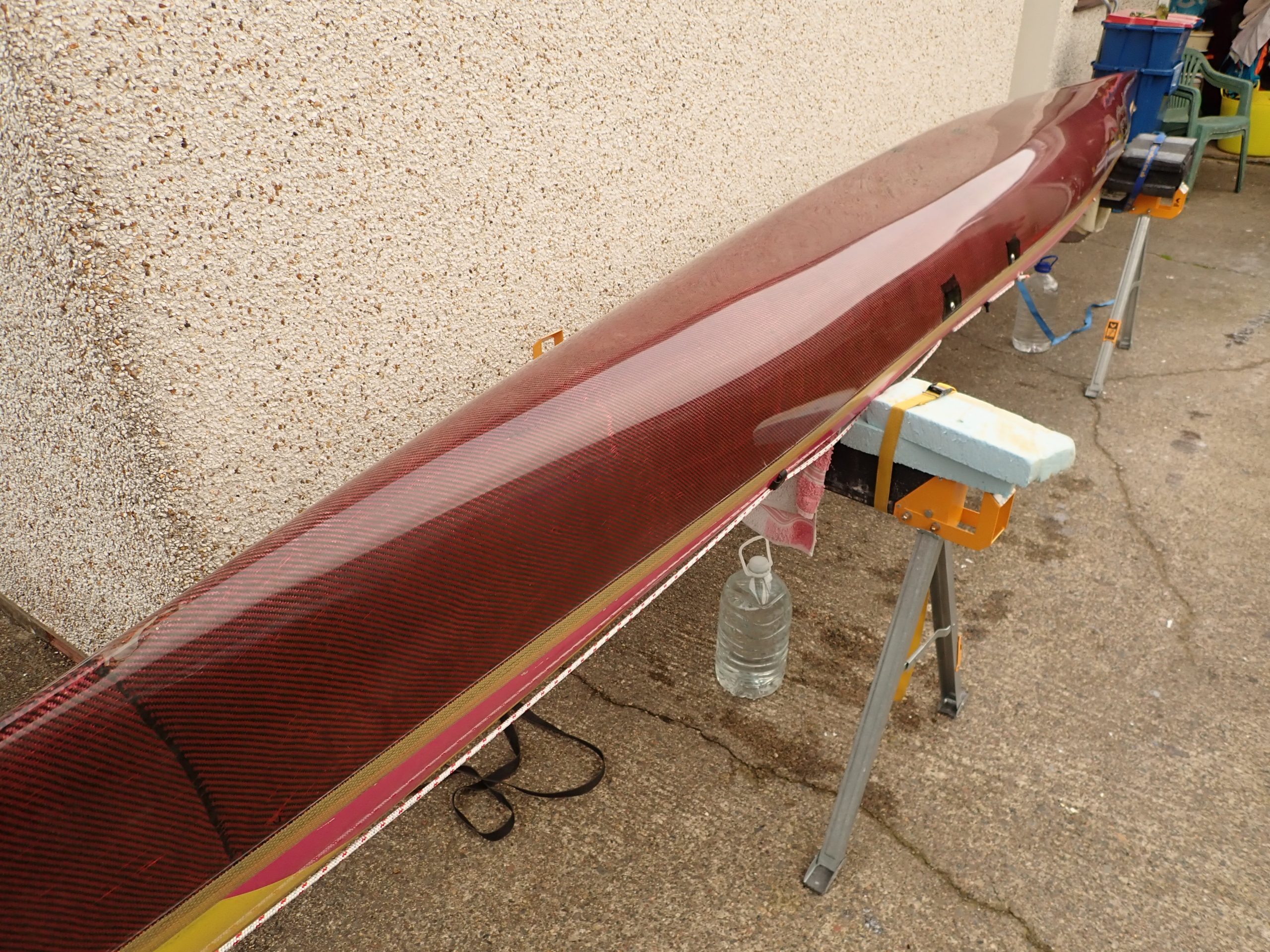
The Taran Concept
For me the biggest thing against a Taran keel-strip is just the basic concept of adding additional protection to the hull of an adavance/performance sea kayak. It implies that you are going to regularly scrape the hull. I think an advanced sea kayak should be matched with advanced paddling really.
If you need a keel-strip to protect the hull then you are paddling the boat in way other than what it was designed for. The Taran is an has a long-waterline and a limited amount of hull rocker. It isn’t really designed for grinding up and down beaches or slipways. It is was designed to be paddled differently, with a little class. Treat the boat well and it will look after you.
If you paddle regularly in a hard environment then fair enough fit a keel-strip. But most of us don’t do that, with a little effort you can look after a hull pretty easily.
If you just grind the boat up and down the beach without good reason then, without being rude, perhaps you need to take a look at your paddling and boat handling. Or maybe the Taran is just not the correct choice of design for you.
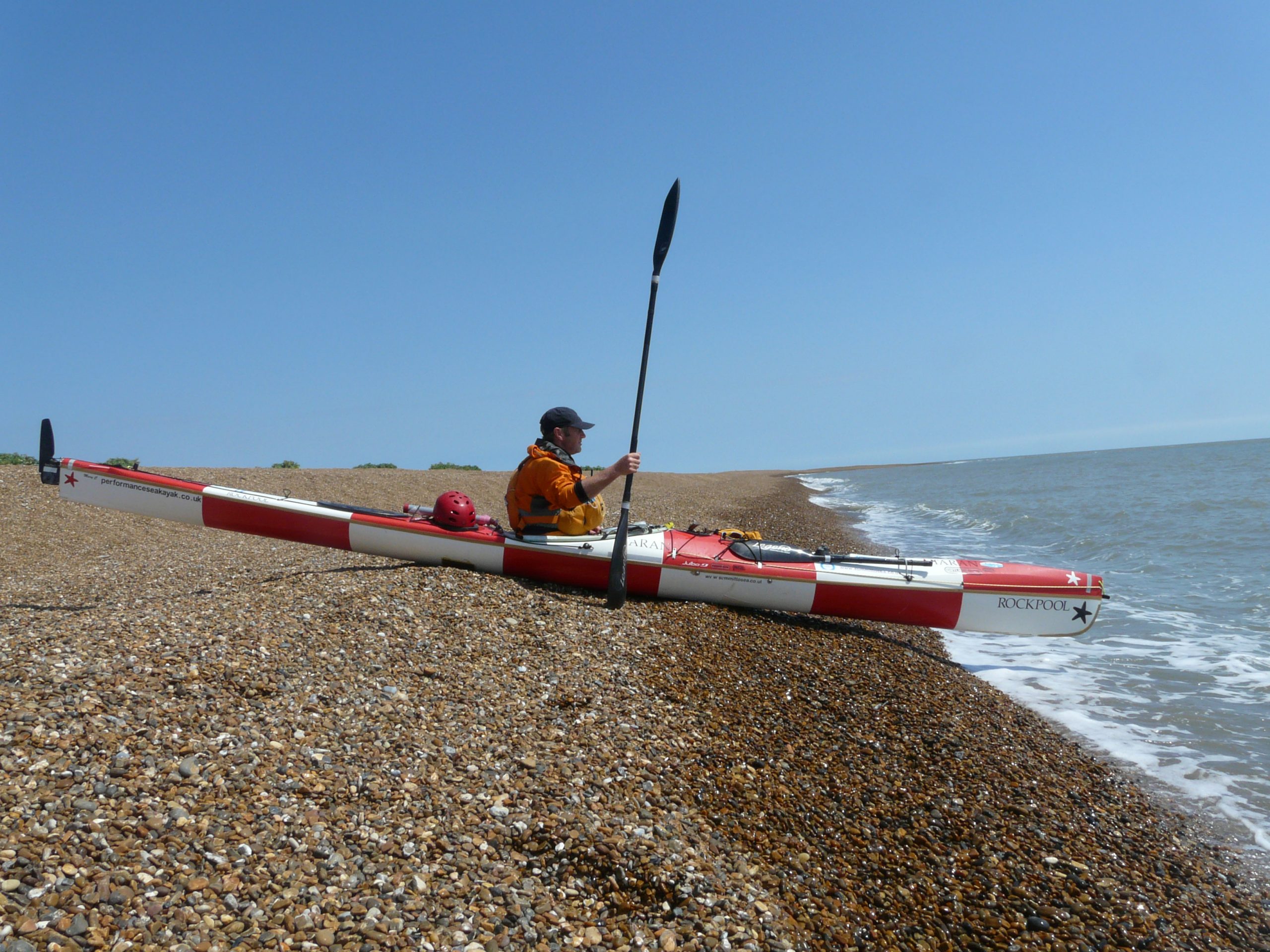
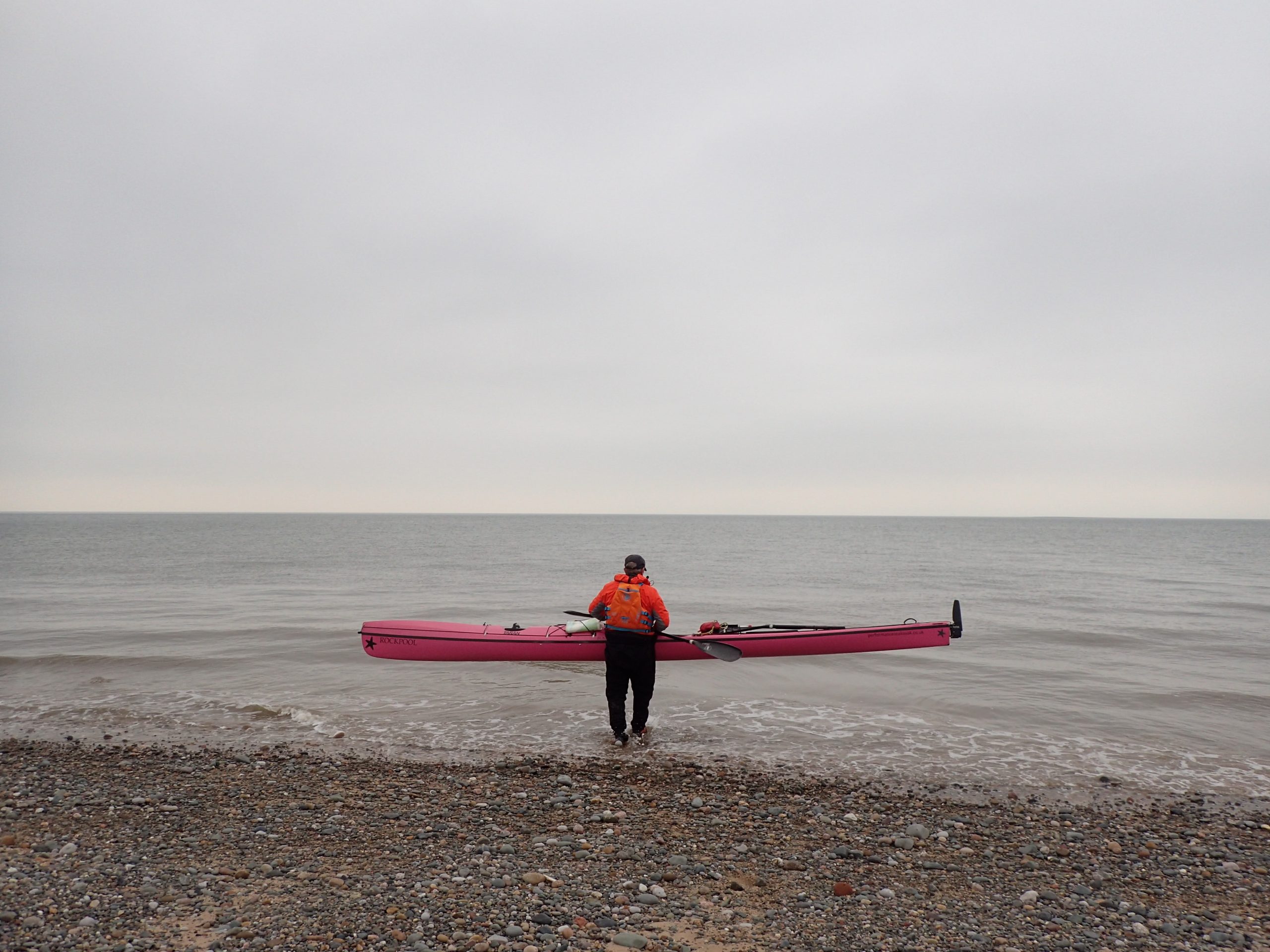
Alternatives
There are other options than a full keel-strip, maybe add shorter bow and stern ‘guards’?
My expedition boat has a Kevlar bow guard and a short Diolen keel-strip at the rear. These were fitted for a long distance solo expedition where I suspected that the loaded boat would get some rough man-handling here and there, even with the best of intentions. Meanwhile they add minimum weight and drag.
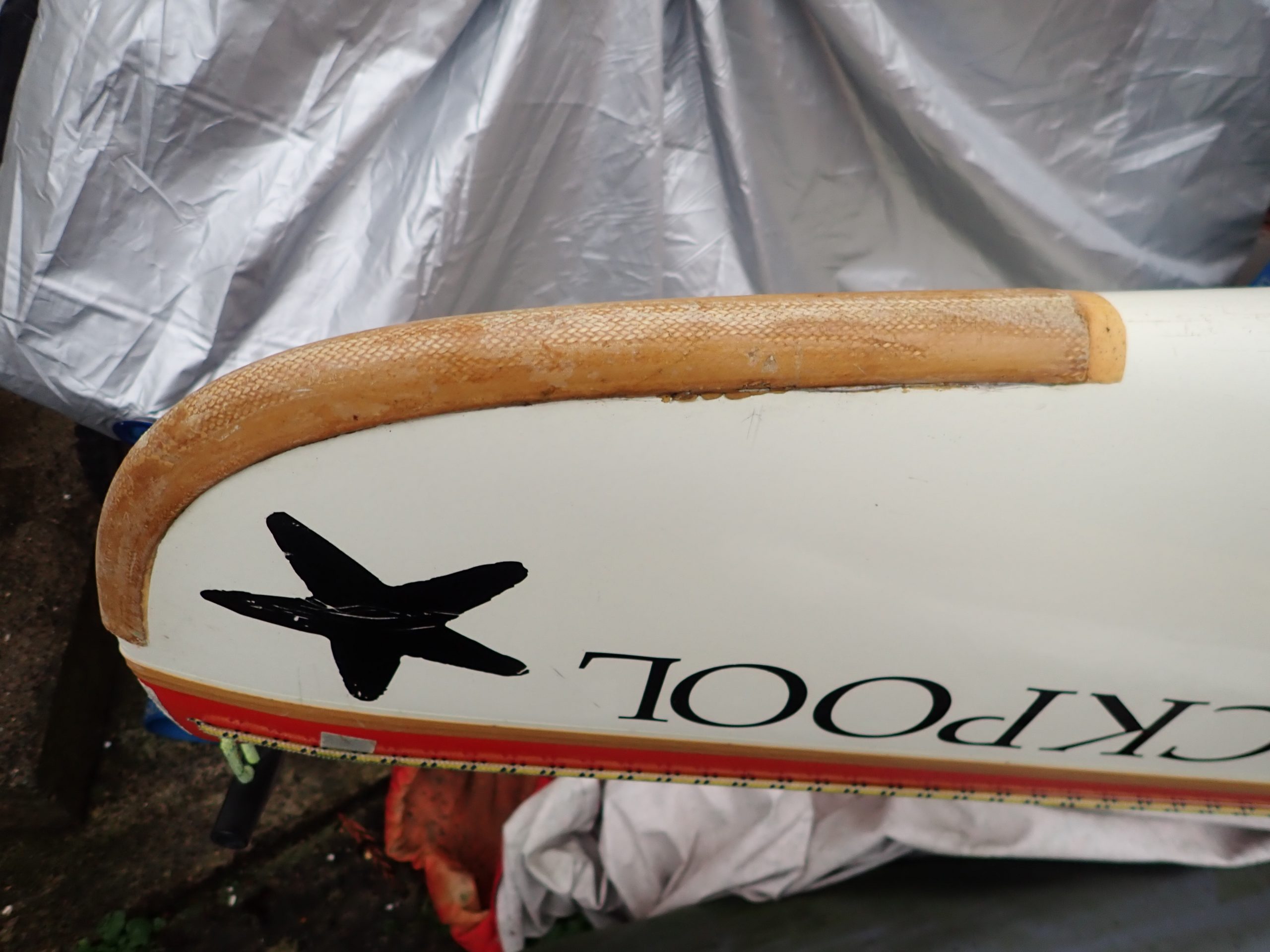
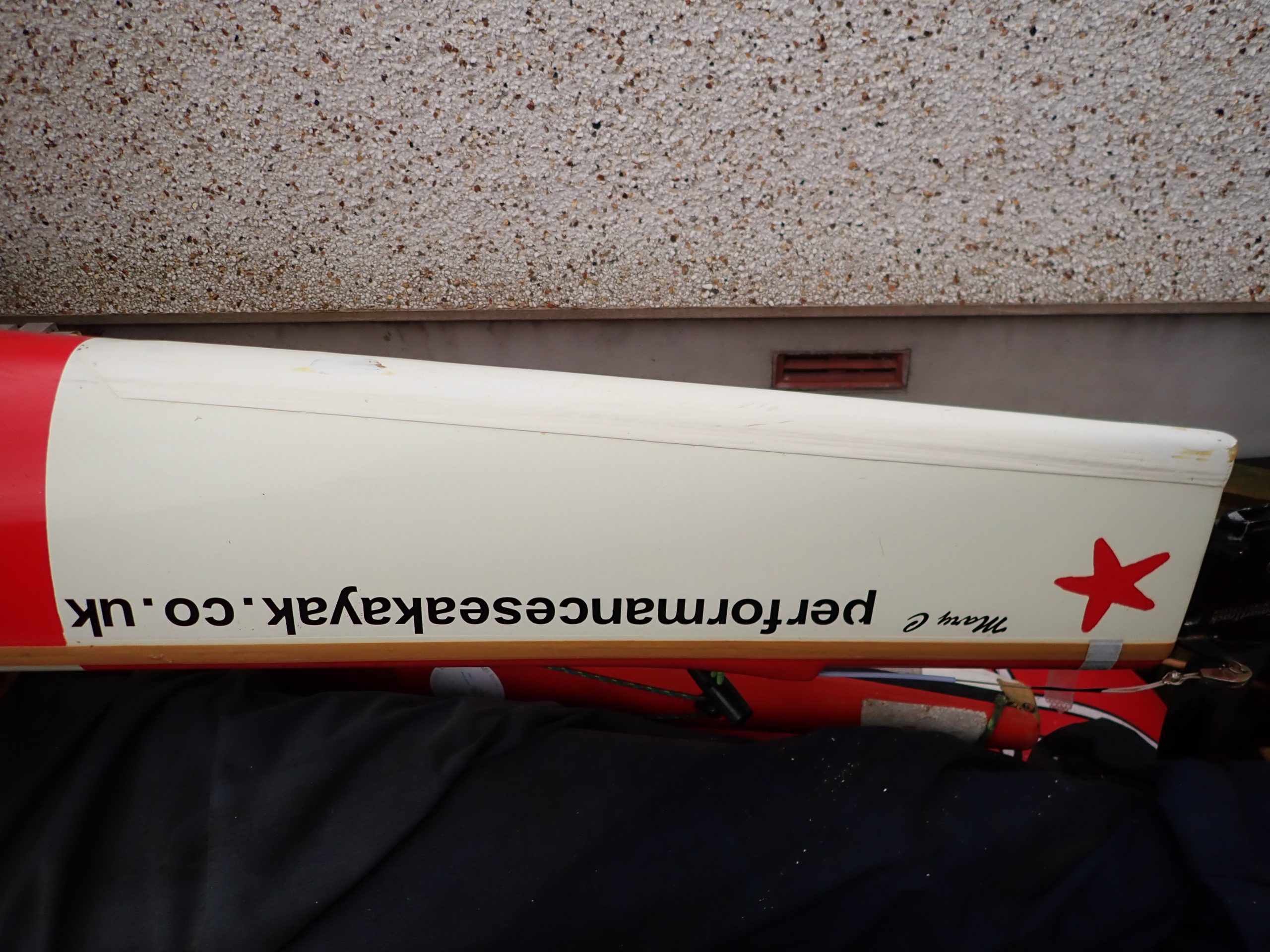
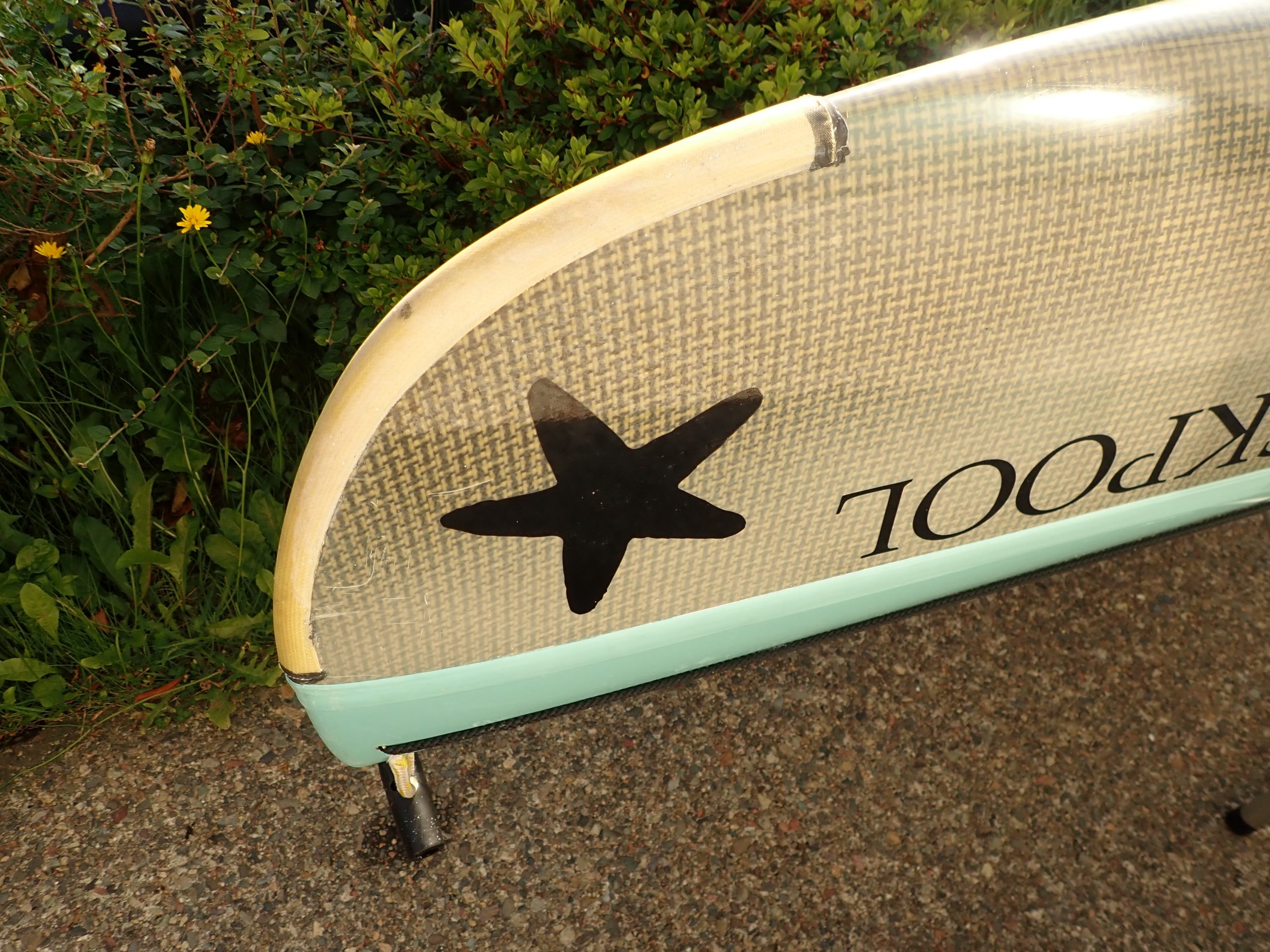
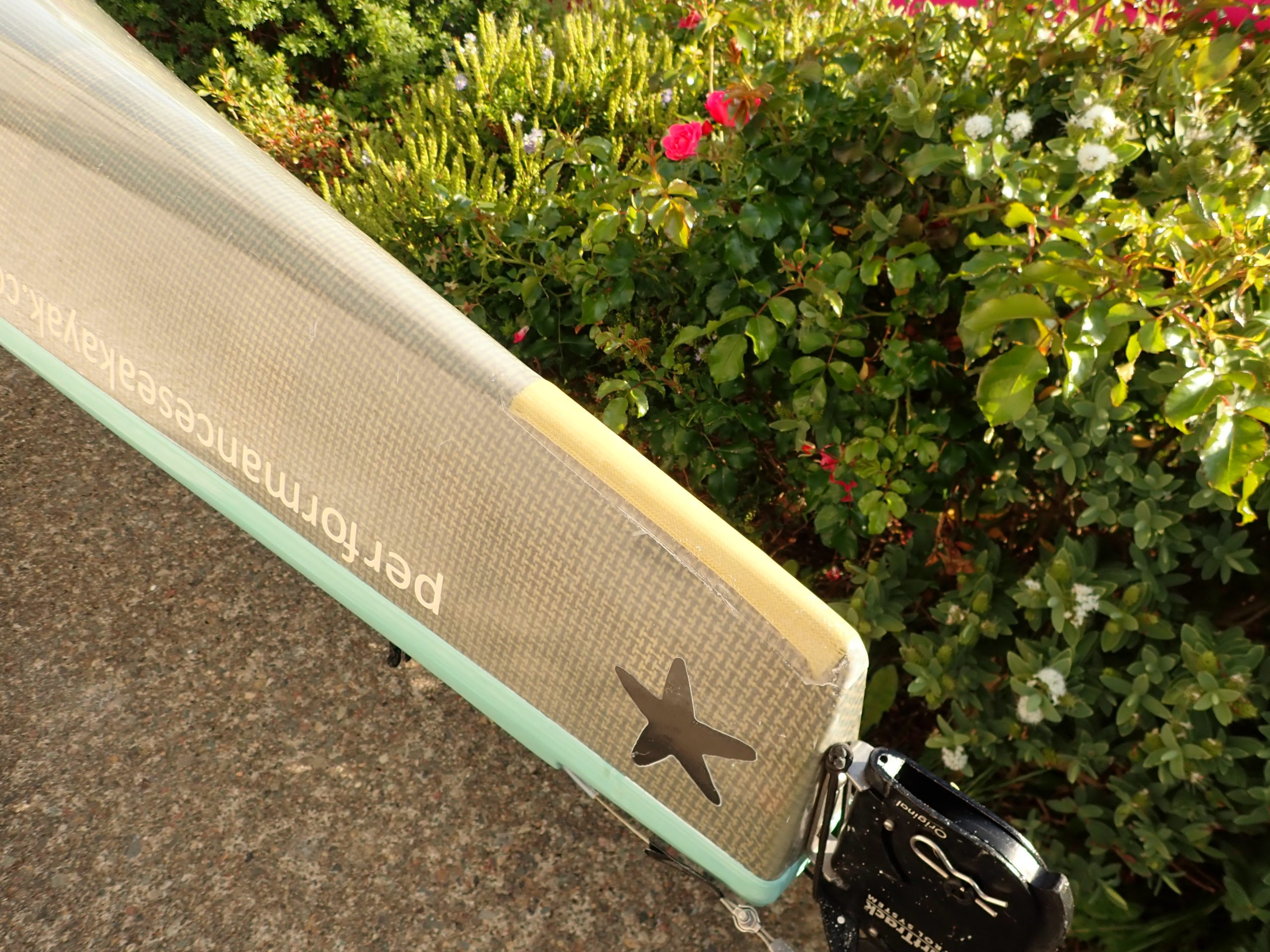
The other boat has a bow guard and a short stern skid-plate. These were fitted for when the boat is used to run tidal bores: bow impact is possible here and short muddy drags are necessary now and then to get to the water, hence the stern skid-plate.
The Taran Keel-Strip
At the end of the day it is your boat, you paid for it, and you can (and should) do whatever you want with it.
If you want to fit a keel-strip then go right ahead. Paddle and enjoy! Let me know how you get on; I may be wrong about them.
But in the meantime I’ll be keeping my Taran keel-strip free.
John Willacy
John designed the Rockpool Taran and Taran 16. He shaped the plugs, paddled the prototypes, and has been paddling Tarans daily since the first production boat.
